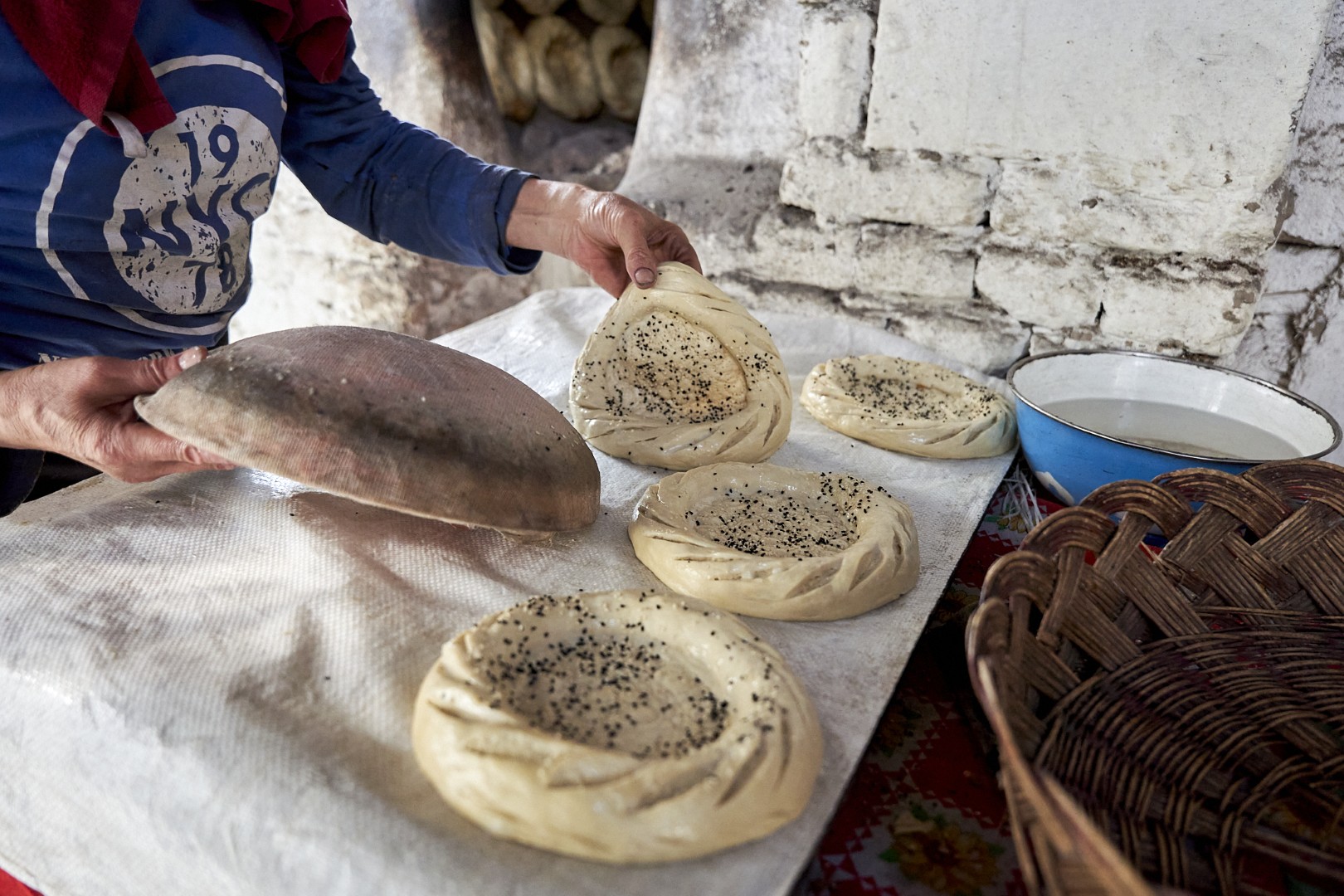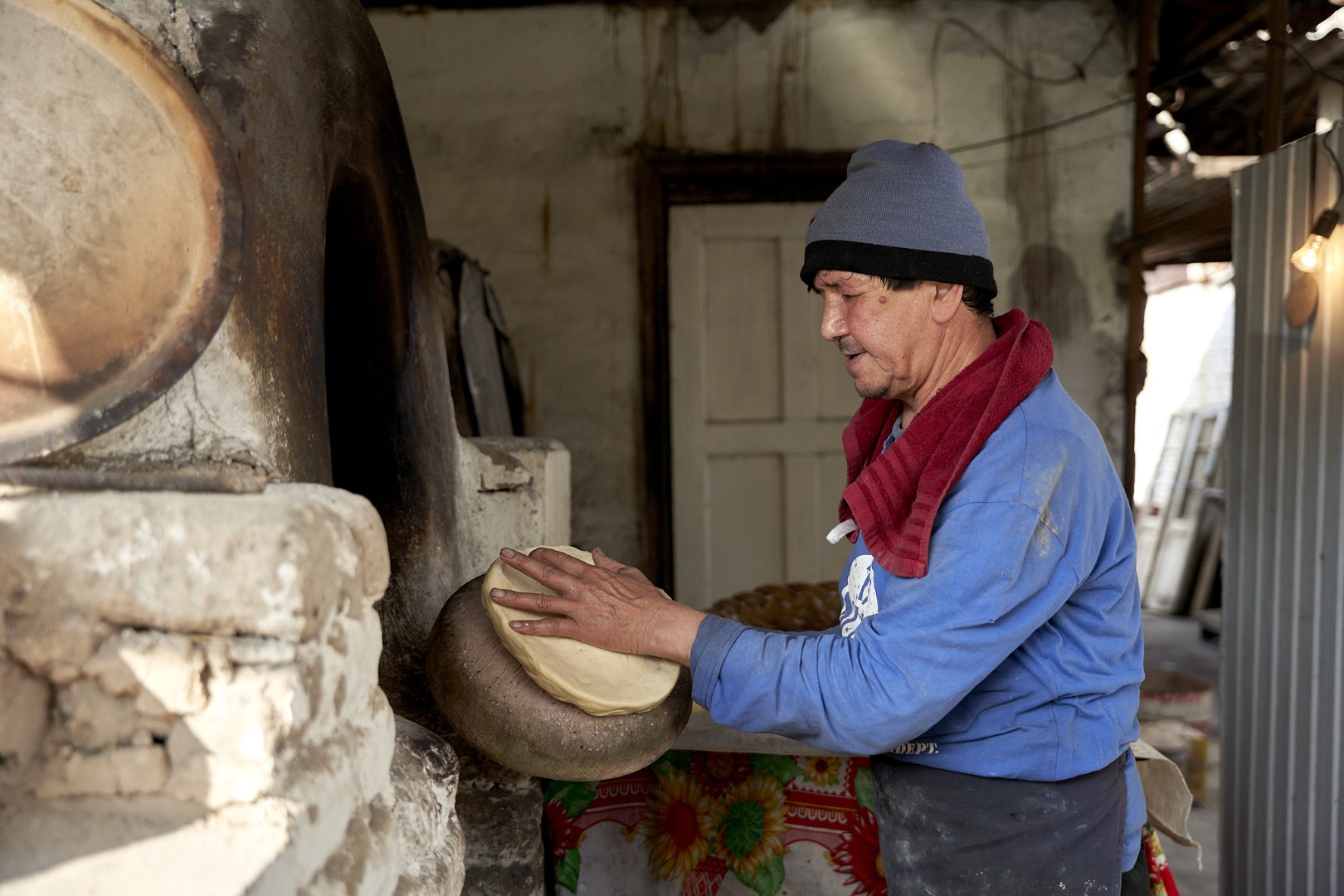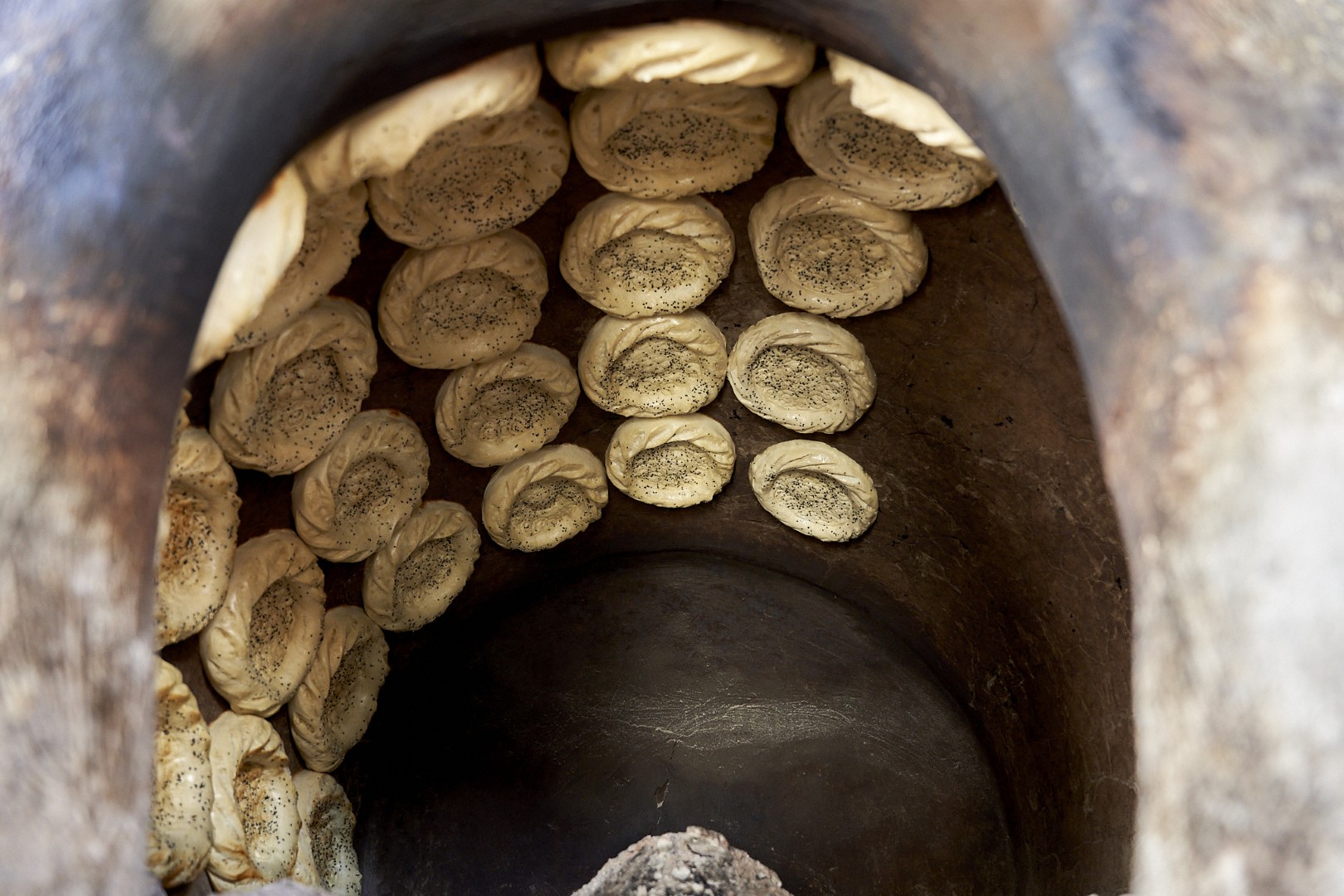
Navai-Nan: Delicious Flatbreads of the South
Nowhere else in Kyrgyzstan is there such a variety of tandoor flatbreads as in Osh! In almost every quarter there is a tandoor stand, where mouth-watering hot flatbreads are sold from daybreak onward. To prepare them, the master bakers get up as early as 3:00 in the morning, kindle the tandoor, and knead the dough. The smell of freshly baked flatbreads wafts over the city blocks as a signal that morning has come.
Tandoor stands are open from early morning until evening. During the Muslim holy month of Ramadan, the tandoors often work until iftar, when people break the fast. In the Sheyit-Tebe quarter, there is even a special iftar bazaar that begins to operate.
The recipe for Osh flatbreads is simple. The ingredients are wheat flour, yeast and salt. Masters advise making it with sourdough starter, which gives the navai-nan (flatbreads) their delicious flavour. For festive or specialty types of flatbread, milk, melted butter, chili peppers, fried onions and thinly sliced meat are added. Huge patyr-nan decorated with poppy seeds are baked for weddings. To apply patterns on flatbreads, bakers use a chekich, a special metal stamp with a floral or geometric design. These are sold in a large assortment at the old bazaar and make wonderful souvenirs!

Osh flatbreads vary in their shape and size. For example, there are flatbreads with thickened edges, which are very convenient for taking pilau leftovers home from the chaykhana with you. Thanks to different fillings and recipes, Osh flatbreads have a wonderful taste and aroma. The surface of the flatbreads is abundantly sprinkled with sesame seeds, less often with poppy seeds. There is a legend that it was the wise Avicenna, the Persian father of early modern medicine, who proposed sprinkling flatbreads with sesame seeds, knowing that they have special properties which significantly reduce the incidence of water-borne illness. In the Ferghana Valley, including in Osh, various seeds and spices have been used as medicines ever since his time.

Other Tastes
-
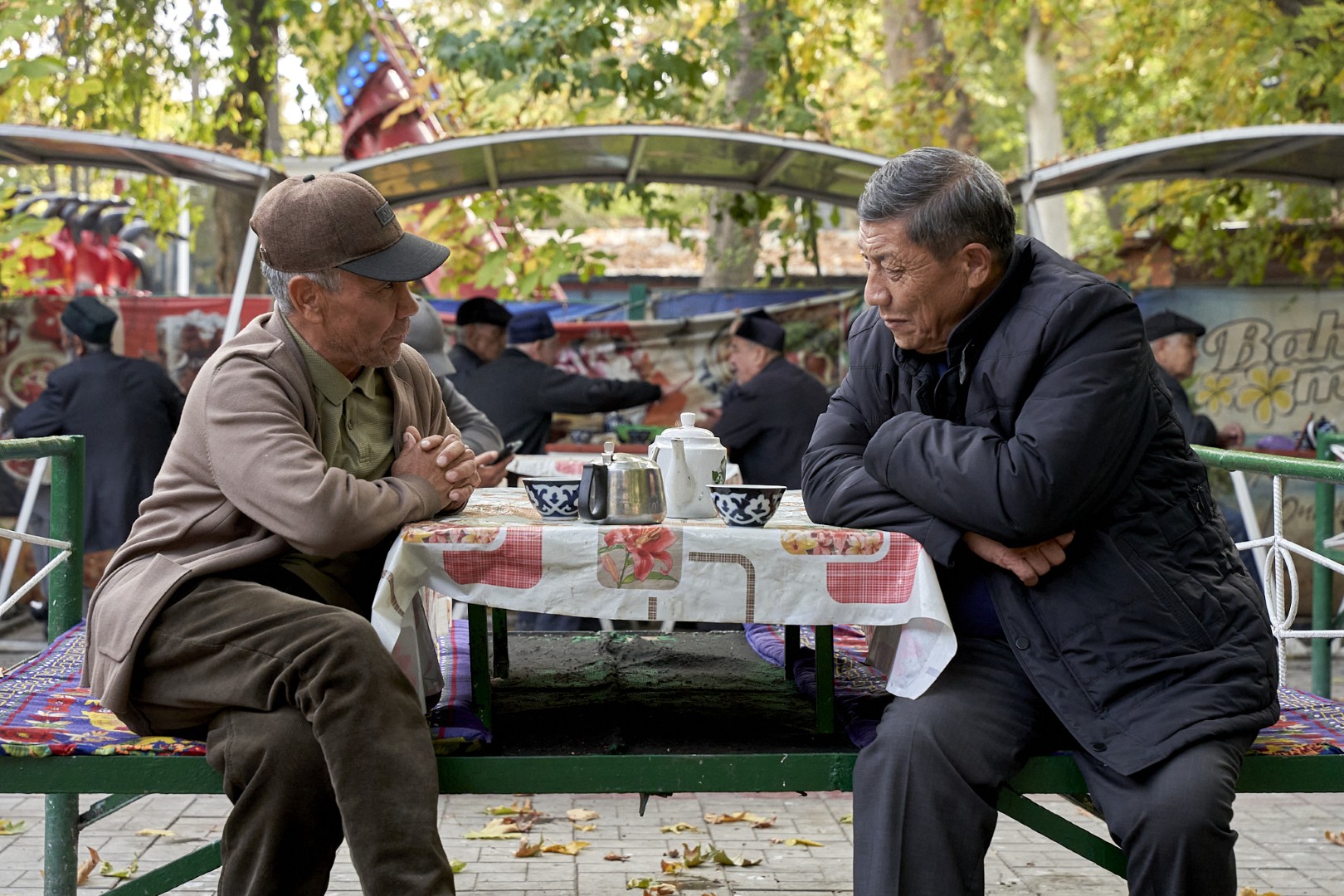
Pamil Tea
If you want to enjoy a cup of properly brewed fragrant green tea, Osh is the place to do it! Here, even in the height…
-
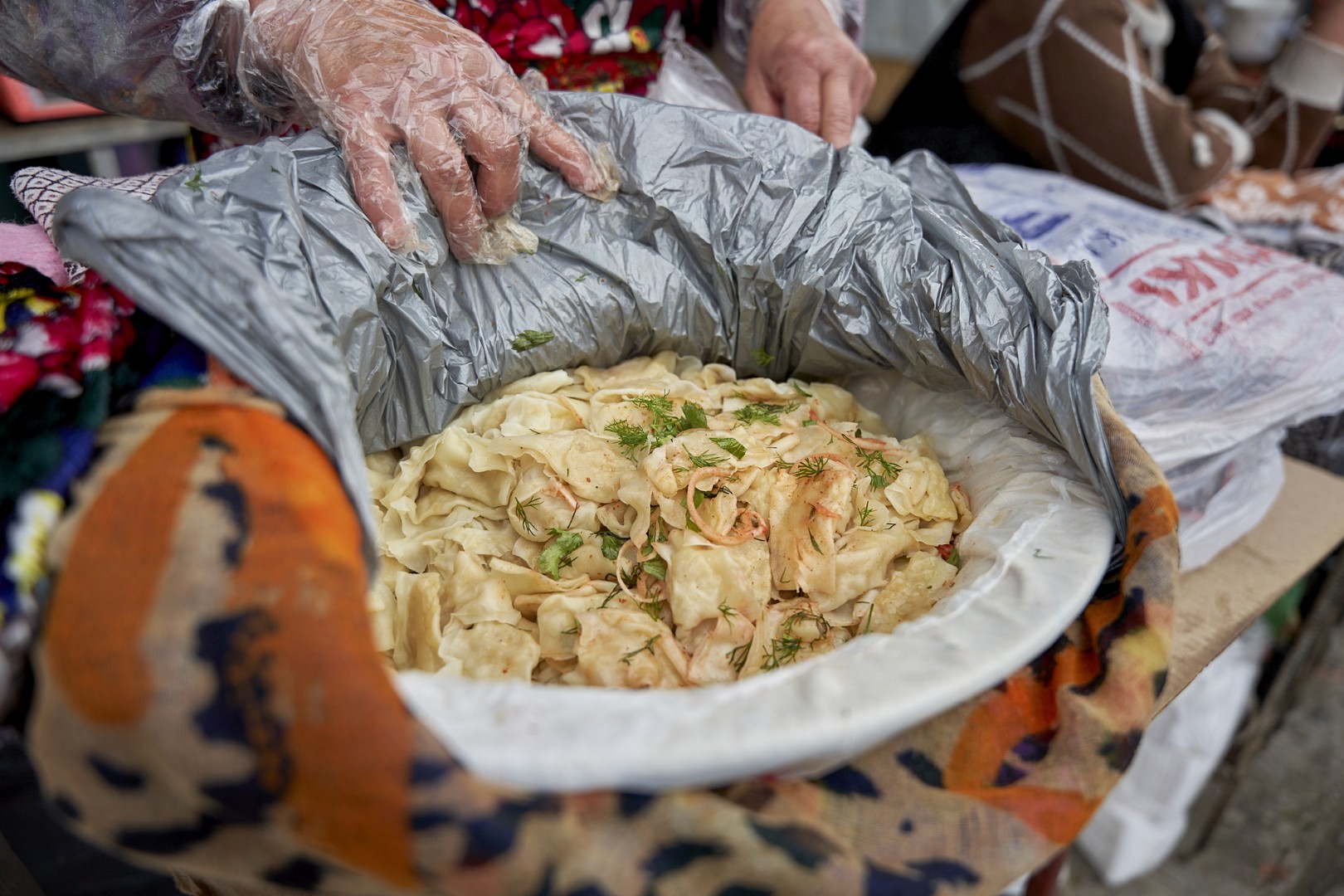
The smallest manti
Maida manti is the most popular vegetarian dish in Osh cuisine. In the past, they were called “Chychkan-manti” (or “mouse-manti”) because of their small size.…
-
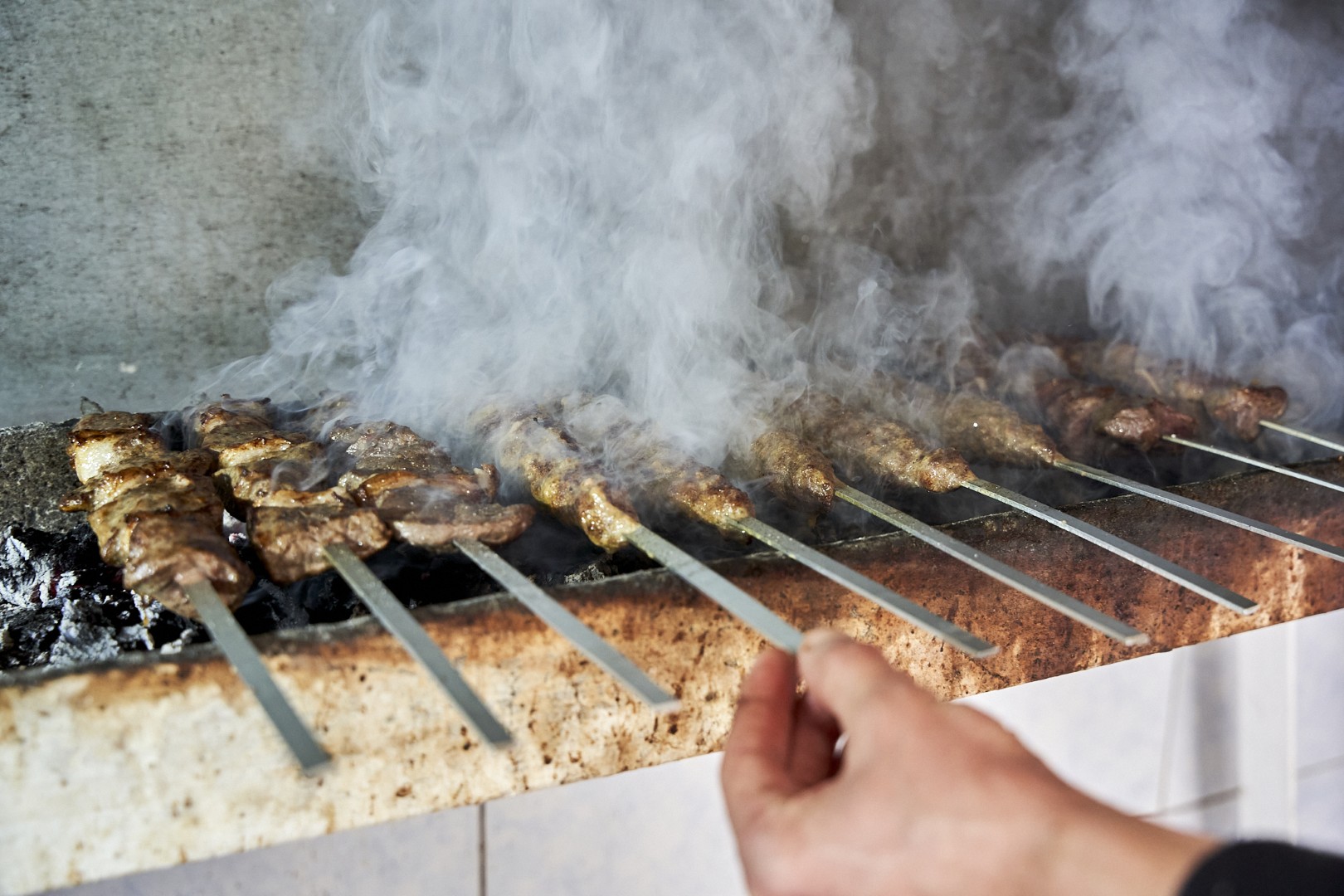
Shashlik!
Shashlik! This delicious dish, beloved all over Central Asia, is an Osh specialty for good reason. Almost every cafe offers many kinds of shashlik. There…
-
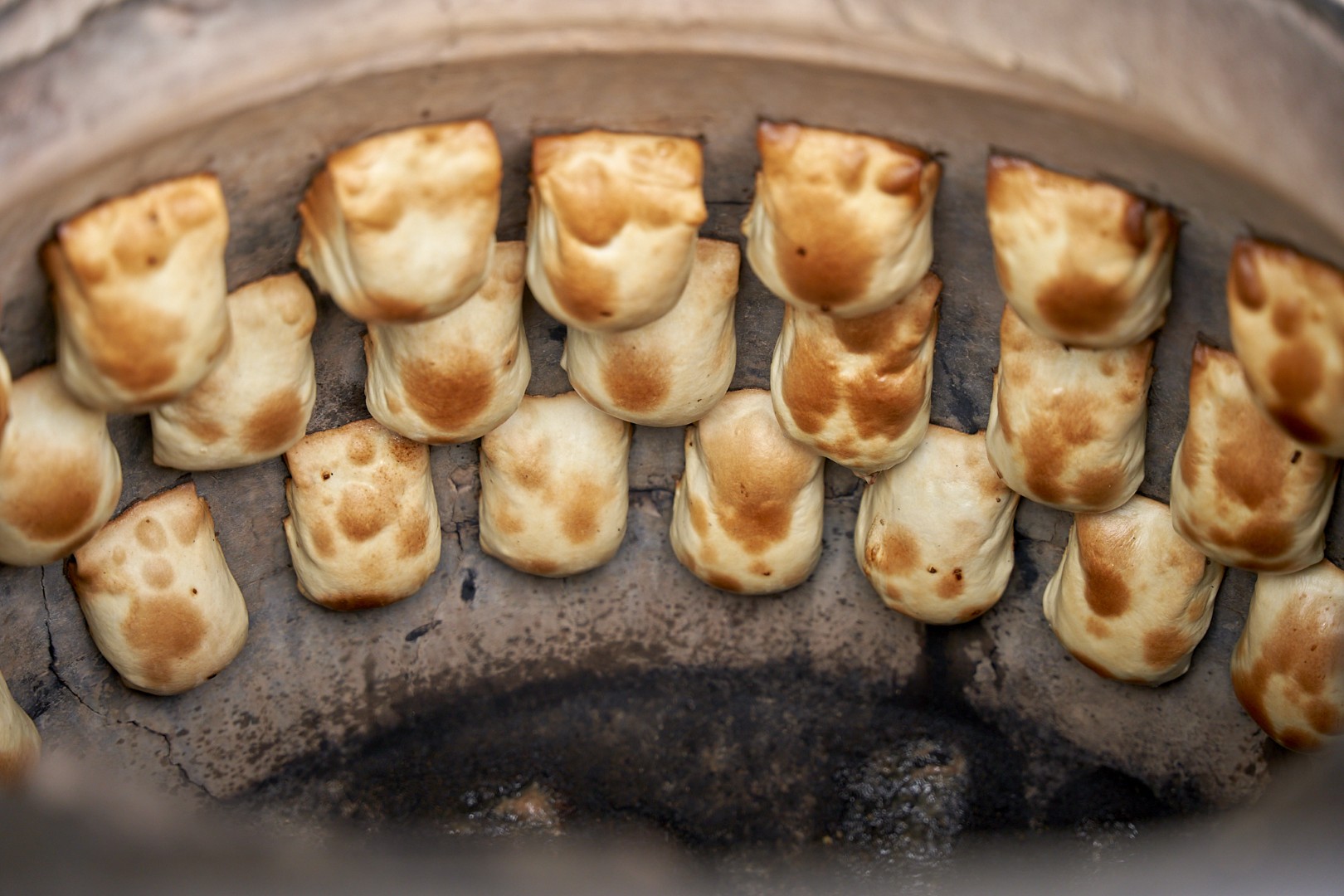
Original Samsa is in Osh!
Together with pilau, samsa is one of the five culinary staples of Osh. It is difficult to imagine Osh cuisine without it. Unlike the samsa…
Other Locations
-
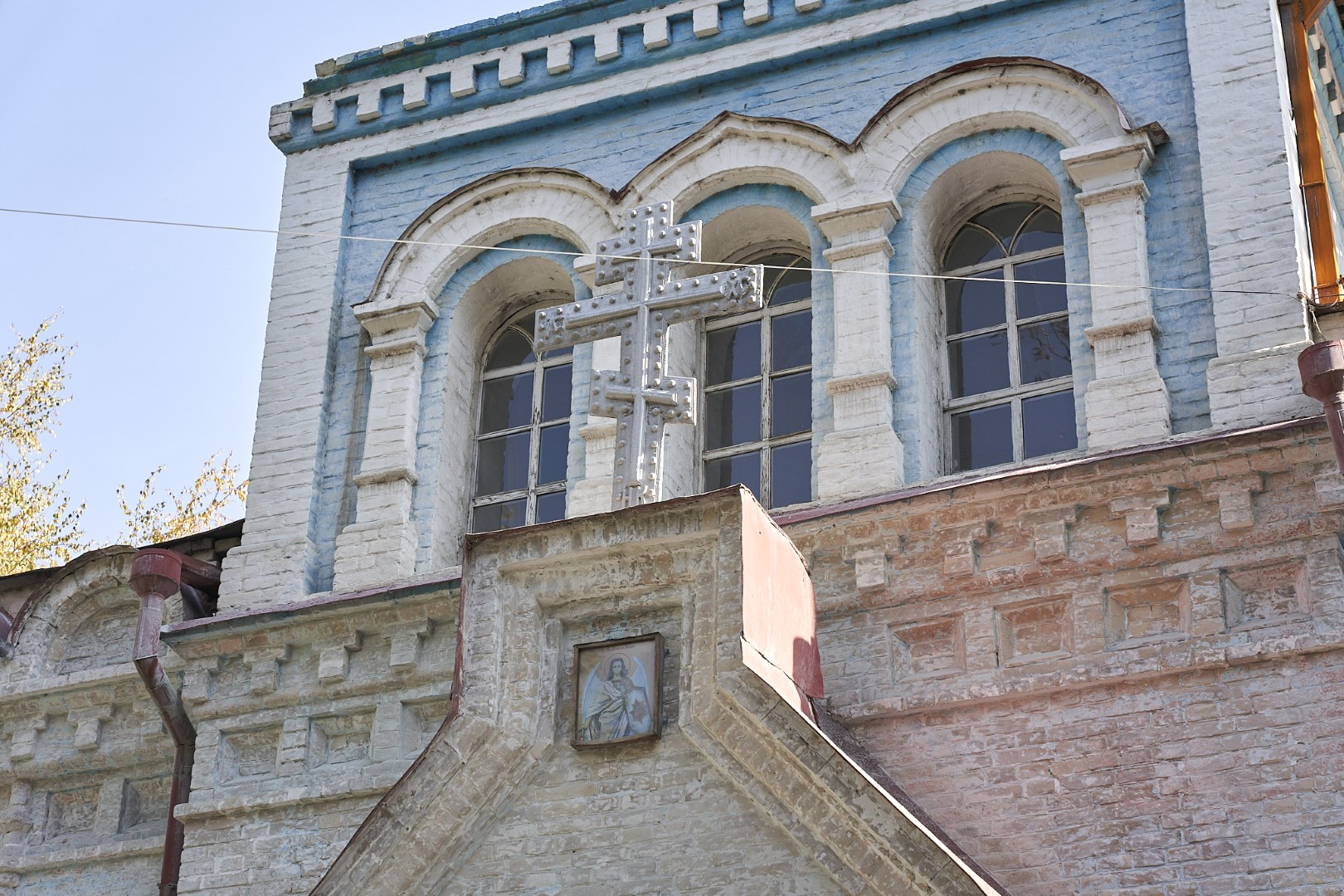
Russian Orthodox Church
St. Michael the Archangel Cathedral is the only remnant of Russian Orthodox architecture in Osh and was the central landmark around which the Slavic community…
-

The road to the Pamirs starts in Osh!
The Pamir Highway begins in Osh! The Pamir Highway, one of the highest mountain routes in the world, is an extraordinary landmark and starts right…
-
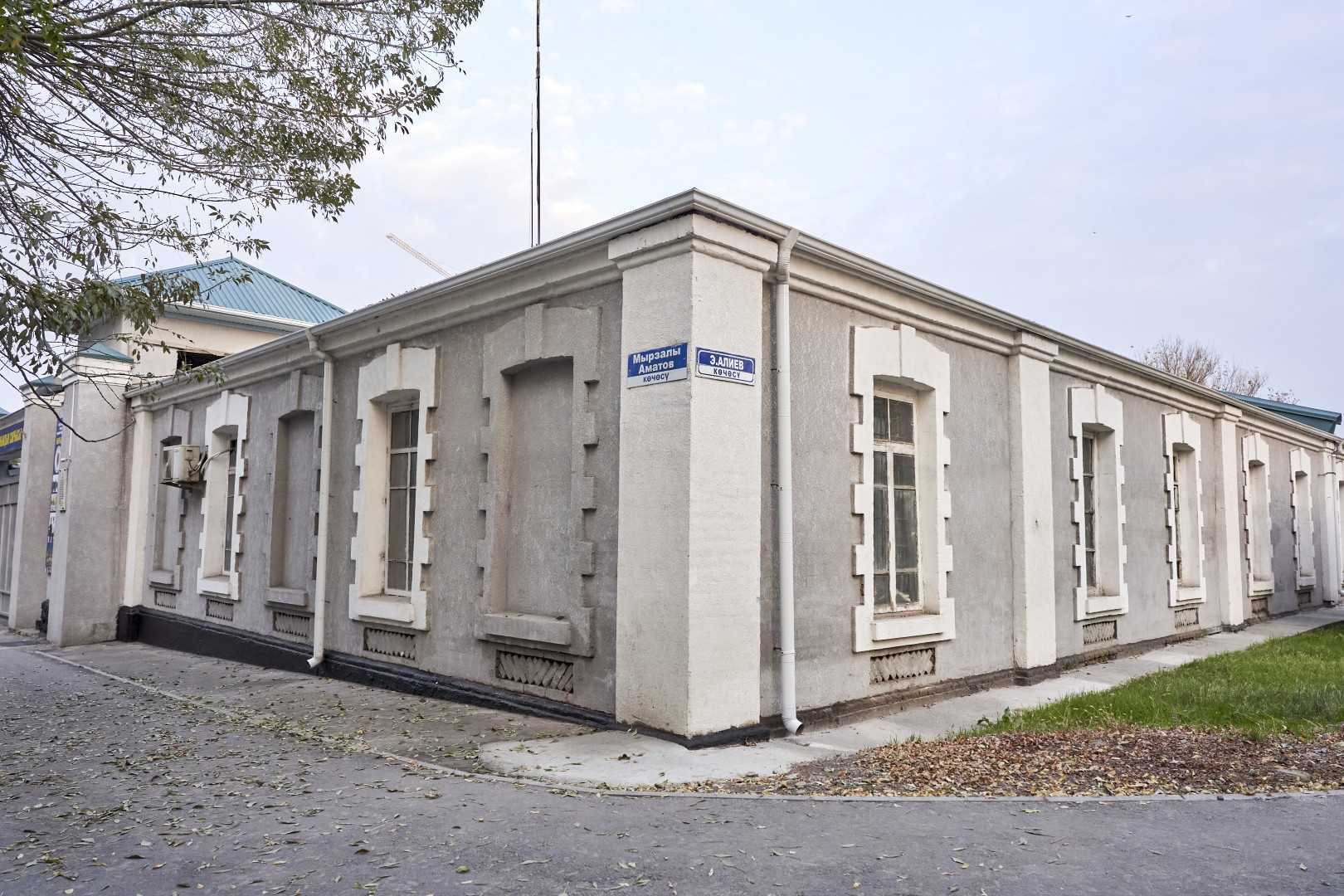
Osh Fortress
The Osh fortress was built in 1919 on the site of the former Tsarist Russian military barracks, located in the very center of the “new…
-
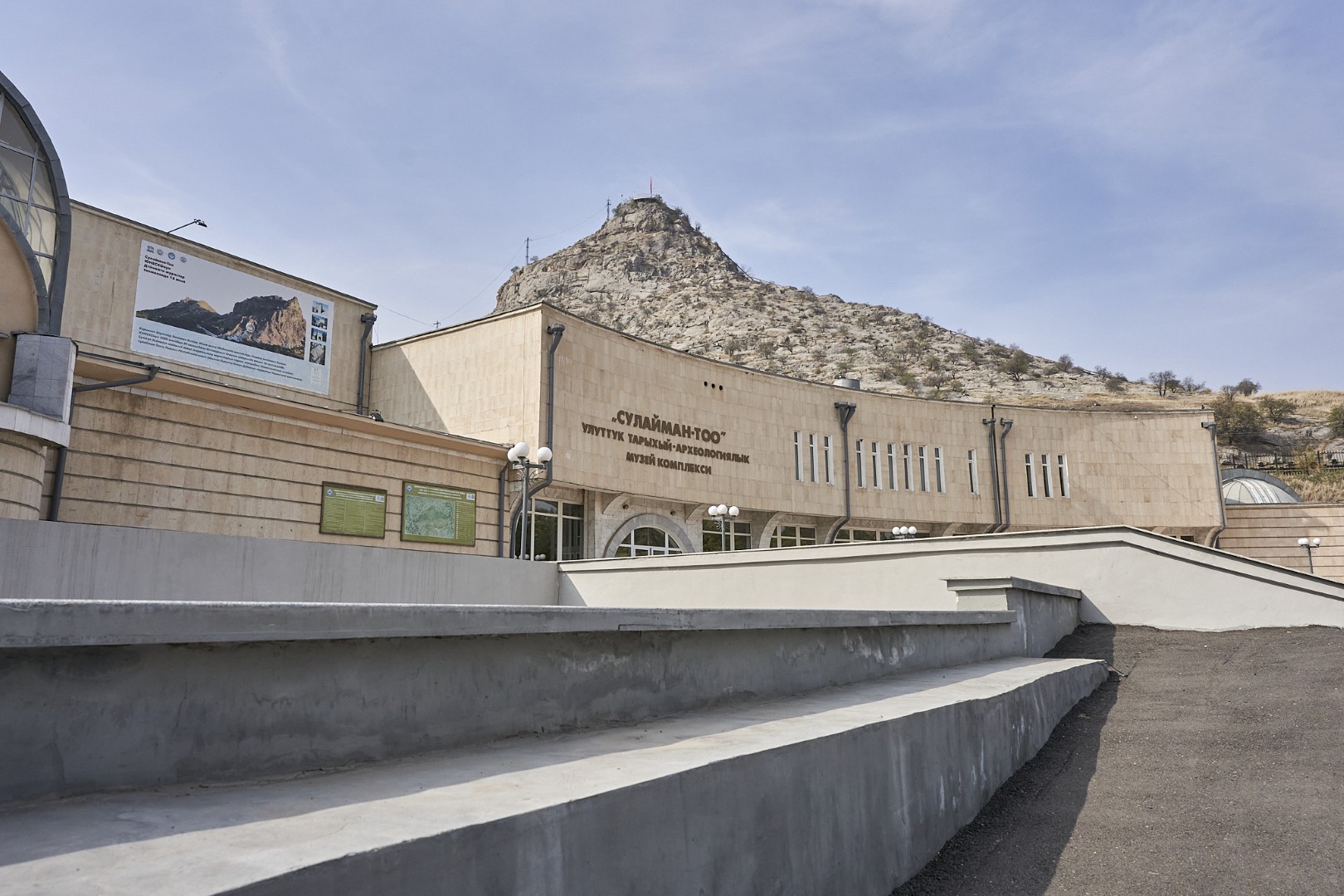
“Zero Milestone”: At the foot of Suleiman Mountain
The square at the foot of Suleiman Mountain’s north face has not always been the open and lively place it is today. Until the 1970s,…
